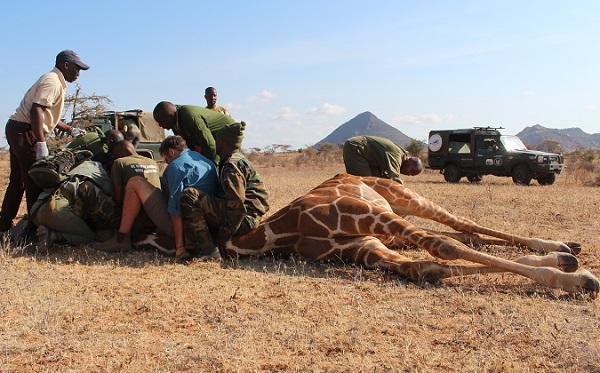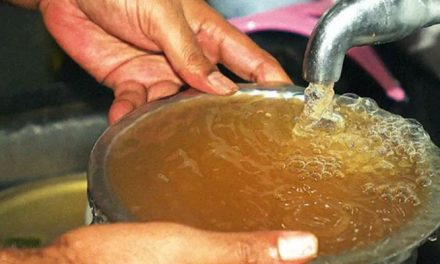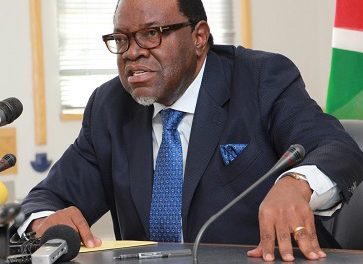
Namibia’s giraffe foundation fits GPS satellite trackers to reticulated giraffe in northern Kenya

After extensive testing and development on giraffe populations in Namibia, the Giraffe Conservation Foundation has now implemented satellite tracking of individual animals of a critically endangered sub-type in the dry north-west of Kenya.
The foundation said this week it has fitted 28 solar powered GPS tracking devices to reticulated giraffe in collaboration with San Diego Zoo Global. Other project partners include the Kenya Wildlife Service, Northern Rangeland Trust, Loisaba Conservancy, The Nature Conservancy, Smithsonian Conservation Biology Institute and BiK-F Senckenberg.
Named the Twiga Tracker for giraffe in kiSwahili, the device relays regular spatial data via satellite of individual animals which is then used to extrapolate the movement and habitat use of larger groups.
“Knowing where giraffe are, how much space they need, and how they move across the landscape seasonally, is vital to [guide] effective conservation and planning. For the first time we will now have this information for the endangered reticulated giraffe,” said conservation ecologist David O’Connor, one of the leaders of this ground-breaking operation. “It was an immense, collaborative team effort, which is what is needed to move the needle forward in conservation,” he added.
Fitting the tracking devices in arid and remote communal lands is no easy task. Each giraffe was carefully selected and darted by the experienced veterinary team. Important biodata was collected simultaneously including physical measurements, and genetic and blood samples. Some of the data was the first ever collected for reticulated giraffe in the wild and forms part of an Africa-wide effort lead by giraffe foundation.
“Since we first trialled GPS satellite technology on giraffe in north-western Namibia in 2001, these units have gone through quite a design evolution. The latest design is small, only the size of three matchboxes, less obtrusive with better technology and increased battery capacity compared to earlier giraffe collars and head harnesses. The opportunity to bring field conservation science and technology together allows us to unravel many mysteries about giraffe across Africa,” explained Dr Julian Fennessy, the Director of the Giraffe Conservation Foundation.
So far, the foundation’s scientists have fitted over 115 giraffe in six African countries to get an overall view of giraffe population across the continent. Giraffe distribution is highly fragmented and some of the isolated sub-types are in critical need of protection.
Caption. After darting, the sedated animal must be handled with care, checking its vitals throughout the duration of the process to fit the GPS satellite tracker. This is done by an experienced team of the Giraffe Conservation Foundation. (Photograph by Stephanie Fennessy)












































